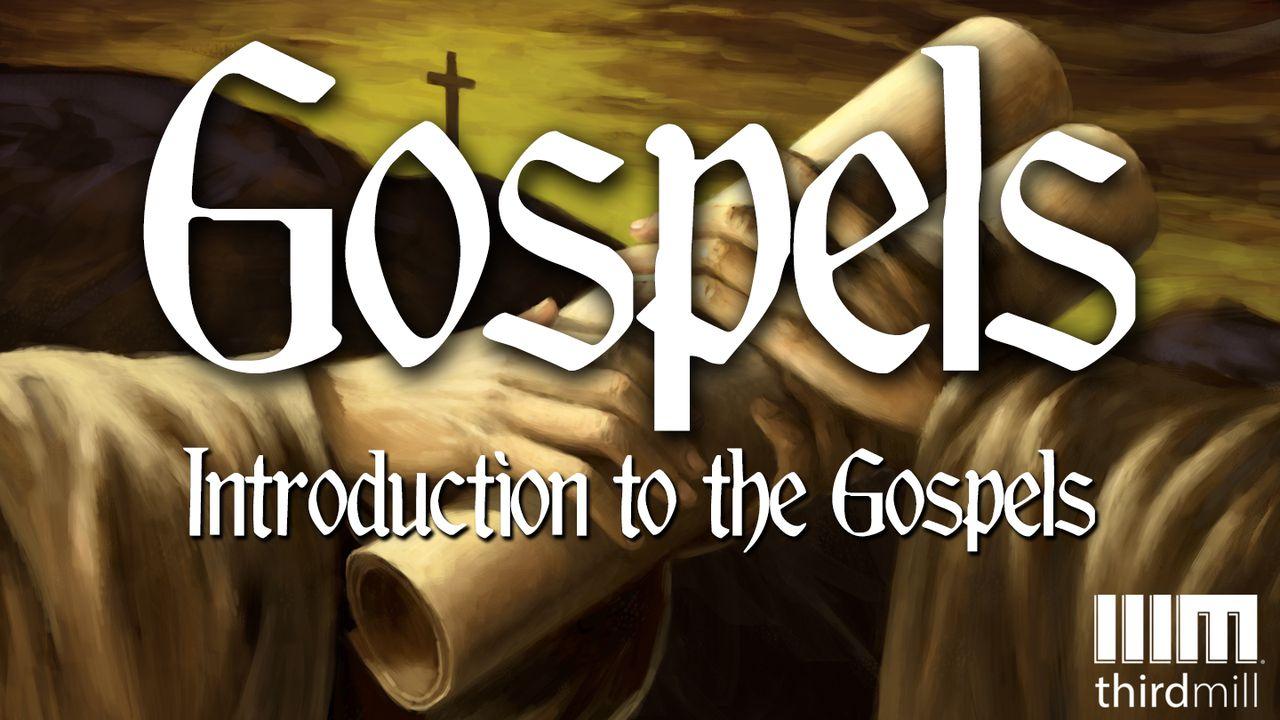Introduction To The Gospels預覽

Similarity of Gospels to OT Narratives
As similar as the Gospels are to typical historical narratives and even to Greco-Roman biographies, they are most similar to the historical narratives in the Old Testament. And this should not surprise us. After all, the Old Testament narratives were a part of the Gospel writers’ sacred Scriptures. From the many references each gospel writer made to the Old Testament, we can be confident that they knew the Old Testament well — probably far better than most Christians today. And their familiarity with the Old Testament influenced how they approached their task.
Moreover, the Gospel writers and the authors of the Old Testament historical narratives wrote for a similar purpose, namely, to explain and defend God’s covenant with His people. For instance, historical narratives such as Exodus 1-19 provide the historical basis for the Mosaic Covenant in Exodus 20-24.
This purpose is clear in passages such as Exodus 24:8, where we read this narrative account:
Moses then took the blood, sprinkled it on the people and said, “This is the blood of the covenant that the Lord has made with you.”
Other biblical narratives, such as Joshua 1–23, provide the basis for the covenant renewal in Joshua 24. And the narratives of the books of Judges and 1 Samuel are the historical basis of the Davidic Covenant in 2 Samuel 7. And in a similar way, the Gospels provide the historical foundation for the New Covenant that Jesus established.
Consider the way Luke’s narrative in Luke 22:20 echoes the account in Exodus 24:8 that we just read:
After the supper [Jesus] took the cup, saying, “This cup is the new covenant in My blood, which is poured out for you.”
In summary, when we compare the Gospels to other known genres of literature, they are most similar to biblical historical narratives. But this doesn’t mean that they are precisely like other biblical historical narratives in every way. After all, they do borrow some features from Greco-Roman biographies. In this sense, we might say that the Gospels are a new type of biblical historical narrative. So, as we read them, it will help to think of the Gospels primarily as biblical historical narratives. But we should also see their biographic emphasis on Jesus, and interpret their other characters in relation to Him.
關於此計劃

This reading plan explores the literary character of the Gospels, their status in the Church, and their unity and variety.
More







